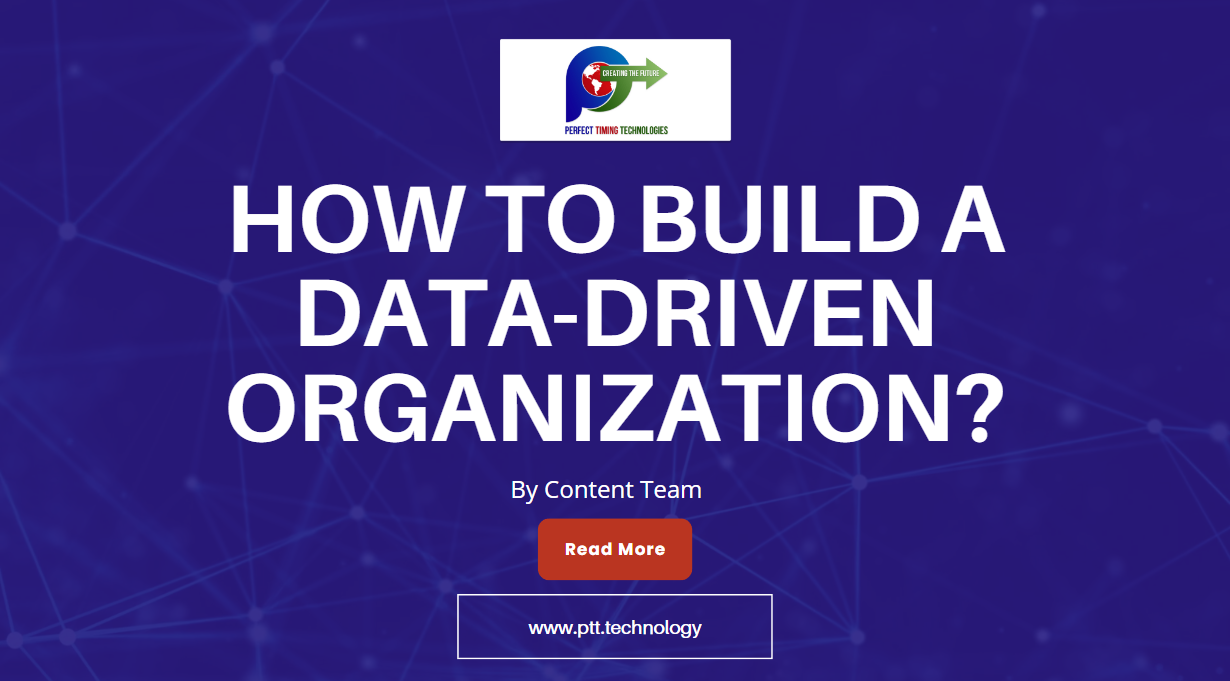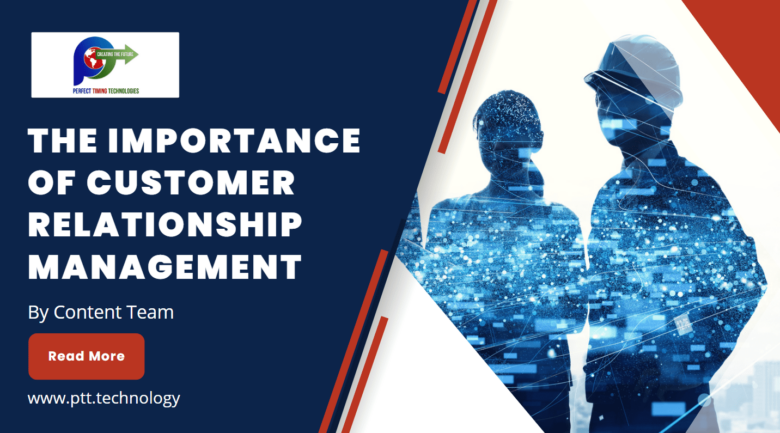
A data-driven business is a company that uses data and analytics to make informed decisions about its operations, products, and services. Data-driven businesses use various data sources, such as customer data, sales data, and market data, to identify patterns and trends, gain insights into customer behavior, and optimize business processes. They leverage this information to make data-backed decisions to achieve their business objectives and stay competitive.
Data-driven businesses typically use technology and tools, such as business intelligence software, data visualization, and machine learning algorithms, to collect, process, and analyze large amounts of data. They also invest in building a data-driven culture, where decision-making depends on data rather than intuition or experience.
Some of the best data-driven businesses include online retailers that use customer data to personalize products, social media platforms to target ads to specific audiences, and logistics companies that use data to optimize delivery routes and reduce costs.
How the Evolution of a Data-driven Organization takes Place?
The evolution of a data-driven organization typically involves several stages of development, each building on the previous one. Mentioned below are the different evolution stages of a data-driven organization-
- Data collection: In the early stages, organizations begin collecting data from various sources, such as customer interactions, sales transactions, and website traffic. They may also invest in data storage and management tools to help them organize and store the data.
- Data analysis: Once the data is collected, organizations analyze it to gain insights and identify patterns. They may use simple analytical tools – spreadsheets or simple data visualization software, to explore the data and find correlations.
- Data integration: As the organization grows and collects more data, it may need to integrate data from different sources to get a complete picture of its operations. This stage often involves investing in more sophisticated data management tools that can integrate data from disparate systems.
- Data democratization: To truly become a data-driven organization, it is essential to make data accessible to everyone in the organization. It means investing in tools and platforms that allow employees to access and use data to make decisions.
- Data automation: As data becomes more integrated into the organization’s operations, there is an increasing need for automation. It may involve machine learning and other advanced technologies to automate data analysis and decision-making processes.
- Data optimization: The final stage of evolution is data optimization to drive business results. It involves continuous experimentation, testing, and refinement to improve processes, products, and services based on data insights.
Steps to Build a Data-driven Organization
Building a data-driven organization requires a clear strategy and a commitment to using data to drive decision-making. Follow the steps given below to build a successful data-driven organization-
- Define your data strategy: Start by defining your goals and objectives for using data. What insights do you want to gain from your data, and how will you use those insights to drive business decisions?
Identify the data sources you require for collecting and analyzing to achieve your goals.
- Establish data governance policies: Set up a system for managing your data. It includes defining roles and responsibilities for data management, establishing data quality standards, and ensuring data privacy and security.
- Collect and store data: Collect and store data from all relevant sources, including customer interactions, sales transactions, social media activity, and operational data. Choose a scalable data storage solution that can handle structured and unstructured data.
- Analyze data using Analytical tools: Use data analytics tools to analyze your data and gain insights. It can include descriptive analytics, which provides a snapshot of what has happened in the past, and predictive analytics, which use data to make future predictions.
- Communicate insights: Communicate insights gained from data analysis to all relevant stakeholders in a clear and actionable way. It involves creating dashboards and reports that are easy to understand and providing training to ensure that stakeholders can interpret the data effectively.
- Use data to drive decision-making: Finally, use the insights from data analysis to inform decision-making across the organization. Encourage a data-driven culture by promoting the use of data in decision-making at all levels of the organization.
Final Thoughts
Building a data-driven organization is an ongoing process as it requires continuous improvement and optimization. By following these steps, you can establish a solid foundation for data-driven decision-making and make your organization successful.
It’s important to note that the evolution of a data-driven organization is not a linear process, and different organizations may progress through these stages at different rates. It’s also essential to have a strong data culture that values data-driven decision-making and encourages experimentation and learning.







